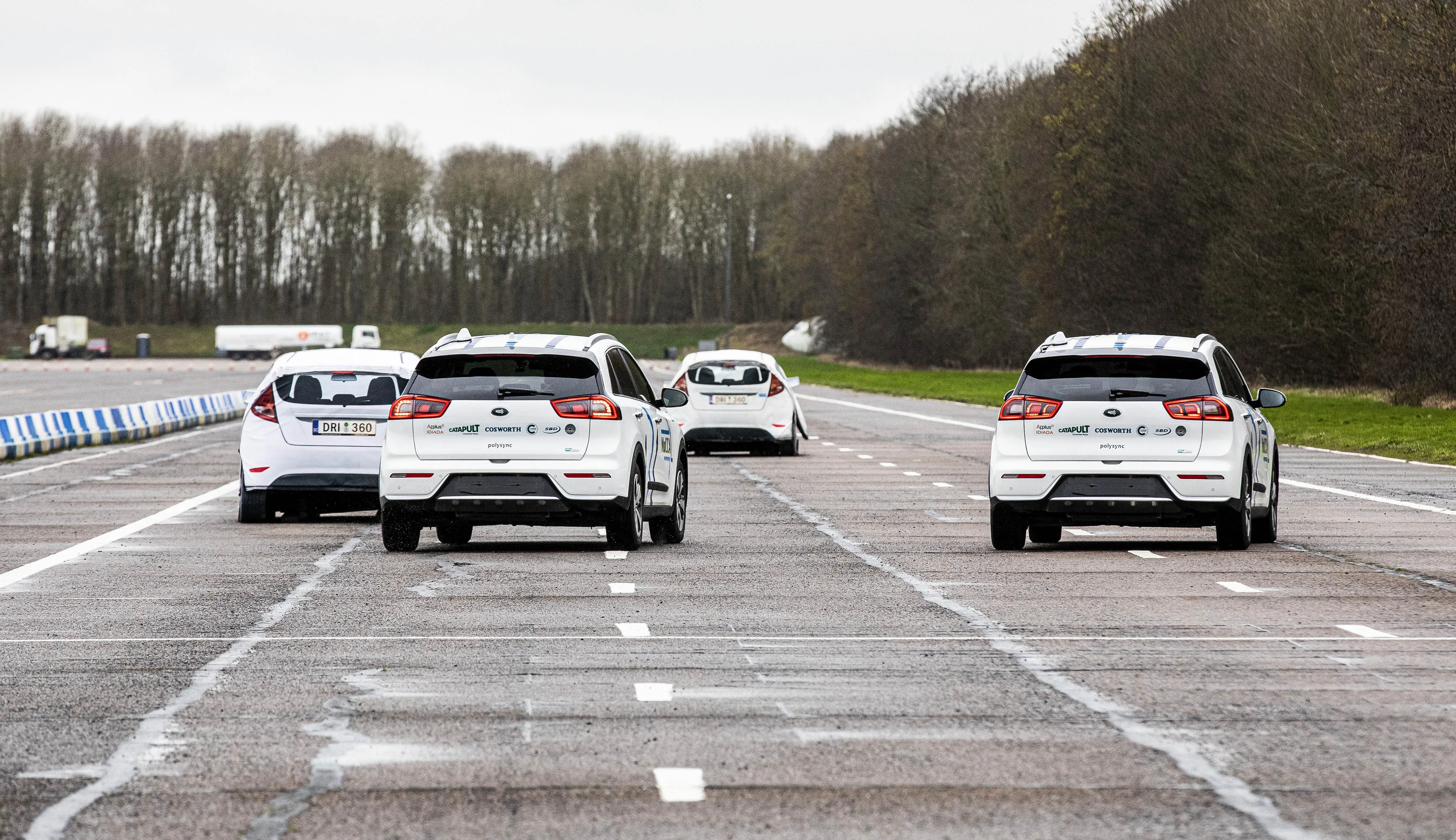Toyota is launching a new, advanced safety research centre that will collaborate with leading North American universities, hospitals, research institutions, federal agencies and other organisations on projects aimed at reducing the number of traffic fatalities and injuries on America's roads. Toyota's new Collaborative Safety Research Centre (CSRC) will be based at the Toyota Technical Centre (TTC) in Ann Arbor, Michigan and will involve Toyota researchers and engineers from North America and Japan. The com
May 17, 2012
Read time: 2 mins
Toyota's new Collaborative Safety Research Centre (CSRC) will be based at the Toyota Technical Centre (TTC) in Ann Arbor, Michigan and will involve Toyota researchers and engineers from North America and Japan. The company estimates that it will commit approximately US$50 million over the next five years to fund CSRC. The
The collaborative research will pursue integrated ways to enhance safety, involving the vehicle, driver and traffic environment. Initial areas of focus will include reducing the risk of driver distraction and protecting the most vulnerable traffic populations, including children, teens and seniors. These populations account for approximately 30 per cent of US traffic fatalities.
In addition, CSRC will conduct in-depth analyses of available accident and human behaviour data to support stakeholders' efforts to evaluate and speed deployment of active safety systems.
Announcing the new safety initiative, Toyota Motor Corporation President Akio Toyoda said, "Toyota's new safety research centre will work with leading North American universities and other partners on safety projects that benefit the entire industry. Our investment will support collaborative research aiming to reduce driver distraction and increase the safety of vehicles, drivers, passengers and pedestrians."
Chuck Gulash, a senior executive engineer at the Toyota Technical Centre, will serve as director of CSRC, reporting to Shigeki Terashi, who is a managing officer of Toyota Motor Corporation and the president of TTC.








